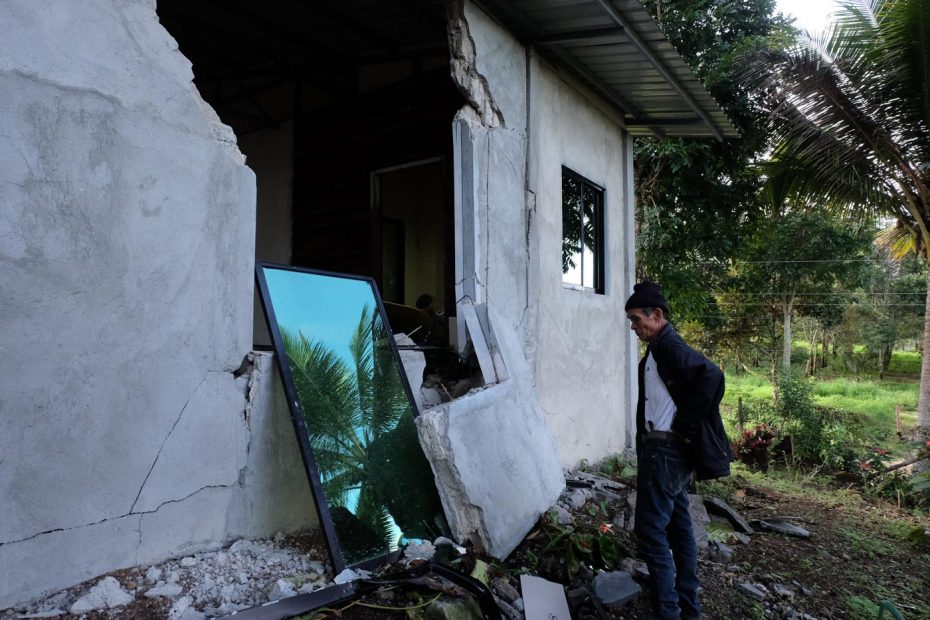The Philippine Institute of Volcanology and Seismology or PHIVOLCS provides all relevant data relating to ground movement, no matter how strong. In this link, one will discover that every day, we encounter multiple earthquakes of varying depths and magnitudes and most of the time we just cannot feel it. But time comes that there will be a considerably destructive one, say while we are sleeping soundly in our own homes, can you tell how safe you are inside?
This is what PHIVOLCS of the Department of Science and Technology (DOST) wants us to answer by developing a self-assessment material for earthquake safety of concrete hollow block (CHB) houses in the Philippines.
It published a “House Self-Check” for Filipino homeowners to “understand and evaluate the integrity of the house and its vulnerability to strong earthquakes.” Although it is only limited to houses with 1 to 2-storeys that are made of concrete hollow blocks, including those residences with small shops, offices, garages, and the like, it is a big first step to identify if there is a need to do something about your house’s earthquake resiliency.
The evaluation is pretty straightforward: just count the points for every question answered and by the end of it, you will be given a recommendation on what to do next.
Here is the self-check below and tally your points!

If you have some space on your mobile phone, you could do it via an app! Just search for How Safe is my House? on Google Play.
How did you do? Is your house at great risk during earthquakes? You should do something about it and consult a civil engineer or architect.
The full publication can be seen here. PHIVOLCS released it in February 2014 following collaboration with the Association of Structural Engineers of the Philippines (ASEP) under the Japan International Cooperation Agency (JICA) – Japan Science and Technology (JST) Project on the “Enhancement of Earthquake and Volcano Monitoring and Effective Utilization of Disaster Mitigation Information in the Philippines.
Comment your score below and give us your thoughts!
Top photo by Rappler
